Bees are fairly predictable creatures. Whenever we remove bees from a property, it’s usually from a roof, or inside the wall of a structure. These types of jobs are called structural removals. Structural removals may be the most common, but there are also many other places bees commonly build hives. Below are a few of the most common and predictable, non structural places where bees build hives.
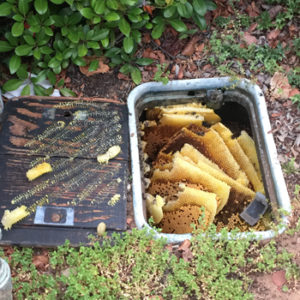
1. Irrigation / Meter Boxes
The first most common, non structural place is an irrigation and/or a meter box. Usually these hives are discovered when a homeowner or a landscaper tries to turn the water on or off. Sometimes the person will pop off the green or purple plastic lid, only to find a swarm or hive is hanging from the under side of the lid. This can be scary because sometimes the bees will attack if you disturb them. So how can you tell if you have bees in an irrigation box without risk of getting stung? The best way to tell is by by watching and observing the top of the lid from a safe distance. If you see a dozen or so bees flying in and out of the hole of the lid, it is very likely that there will be an entire colony on the inside.
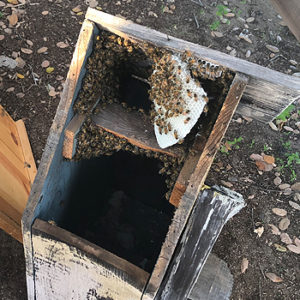
2. Bird Houses and Owl Houses
Another common area of infestation is the owl box or birdhouse. If you live in San Diego, and you put up a birdhouse or owl box, expect to one day get a bee infestation. There is something about an enclosed box, high up in the air, that instantly makes it a bee magnet. If you catch the problem quickly (within a week or two), the bees can often be removed alive and relocated humanely. The longer you wait, the harder it becomes to remove the bees live. No one is really sure why, but our technicians have noticed that when bees have been in an owl or bird house for more than a few weeks, they tend to be aggressive. This makes it very difficult to remove the bees live, especially if it very high up, or attached firmly to the tree with wires, cables, and or screws.
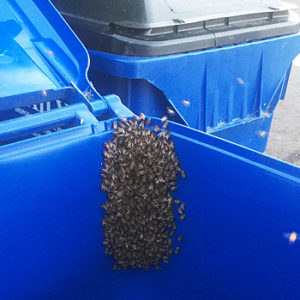
3. Dumpsters and Recycling Bins
Like to go dumpster diving? Bees do! Industrial garbage bins, trash cans, recycling bins, and com-posters. Bees love to invade, hive and forage for food inside all these types of bins. Usually when they decide to build a hive, its most commonly under the lid of the bin. Sometimes they just scout and forage for food. They are also attracted to the recycling bin if the soda cans have not been rinsed out. Bees love the sweet, sugary left over colas and will forage for the syrup in the bin. All of the above scenarios can make it quite difficult when you are trying to take out the trash.
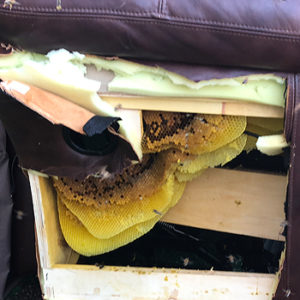
4. Furniture
Got an old couch you don’t use anymore? Be sure to haul it away or donate it before springtime. The same goes for cabinets, dressers, and any old piece of furniture. It may be tempting to put it outside and use it like patio furniture. The problem is, indoor furniture is built differently than patio furniture. The gig difference is that indoor furniture usually has open voids inside the structure of the couch, chair, or dresser. This inner space makes it an attractive area for bees to invade. Over the years, we have had to cut the fabric of many couches and recliners, in order to remove the beehive inside.
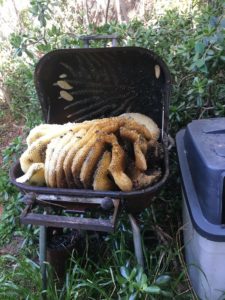
5. BBQ Grills
The last most predictable, non structural place bees like to invade is probably sitting on your patio or yard right now. Some are built in, others are on wheels. Yep, you guessed it. Barbecues! Even when you put a tarp over it, the bees seem to find there way under it. Usually they will build the hive under the lid. We have even seen bee hives inside the lid of a tabletop hibachi!
As with any bee problem, time is of the utmost importance. The sooner you catch the problem, the easier (and less expensive) it will be to remove the bees and/or hive.
Ever had bees build a hive inside one of these places? Share your story below.

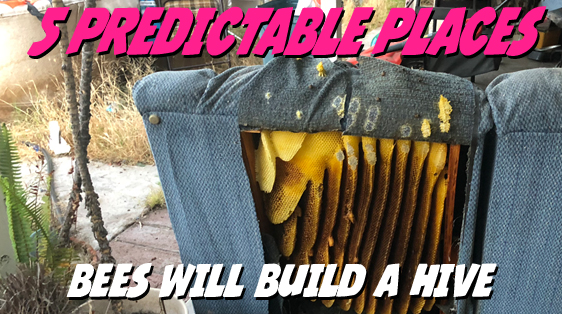
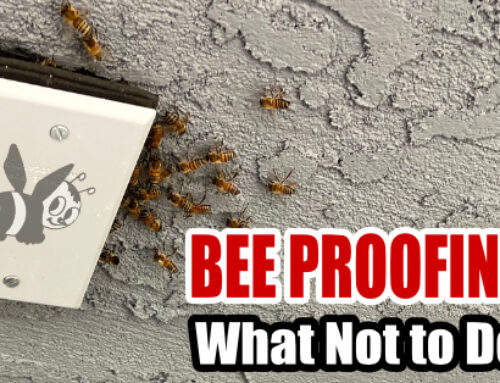
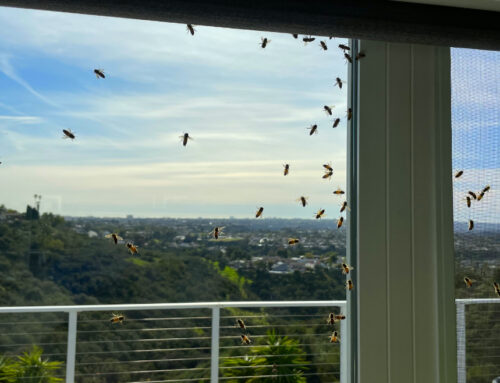
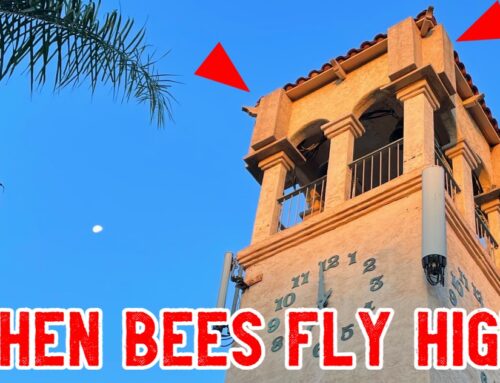

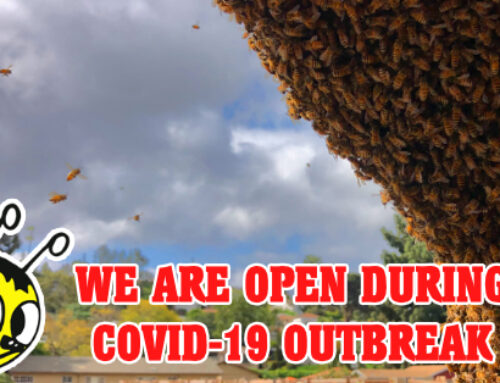

We have a recurring problem with the irrigation box near our property line. It just became re-infested for the 4th or 5th time this past week. I have been watching it since it hasn’t had bees in it for several years due to the association spraying it heavily with pesticide to kill all the bees and removing most of the hive.. A friend who has a empty hive and I may attempt to move it, to the empty hive…
Hi Nancy. The irrigation box might be continually re infesting with bees because of hive material left inside the box. To prevent re-infestation, the box needs to be thoroughly cleaned and all hive, honey and wax completely removed. We wouldn’t recommend moving your current hive unless you and your friend have the proper knowledge, tools, protective clothing, and/or licensing to handle the problem safely. Bees can be dangerous (especially if you live in a part of the country that has africanized bees).
Do you destroy the bees or rehome them?
Hi Pasos. We can remove bees humanely if the bees are not aggressive. Here in Southern California, the majority of the wild feral bees are Africanized, so we always have to put public safety first.
When it is safe to so, we will remove and relocate the bees alive. Afterwards we place them in the care of a beekeeper, who will continue to maintain and monitor the health and safety of the colony.